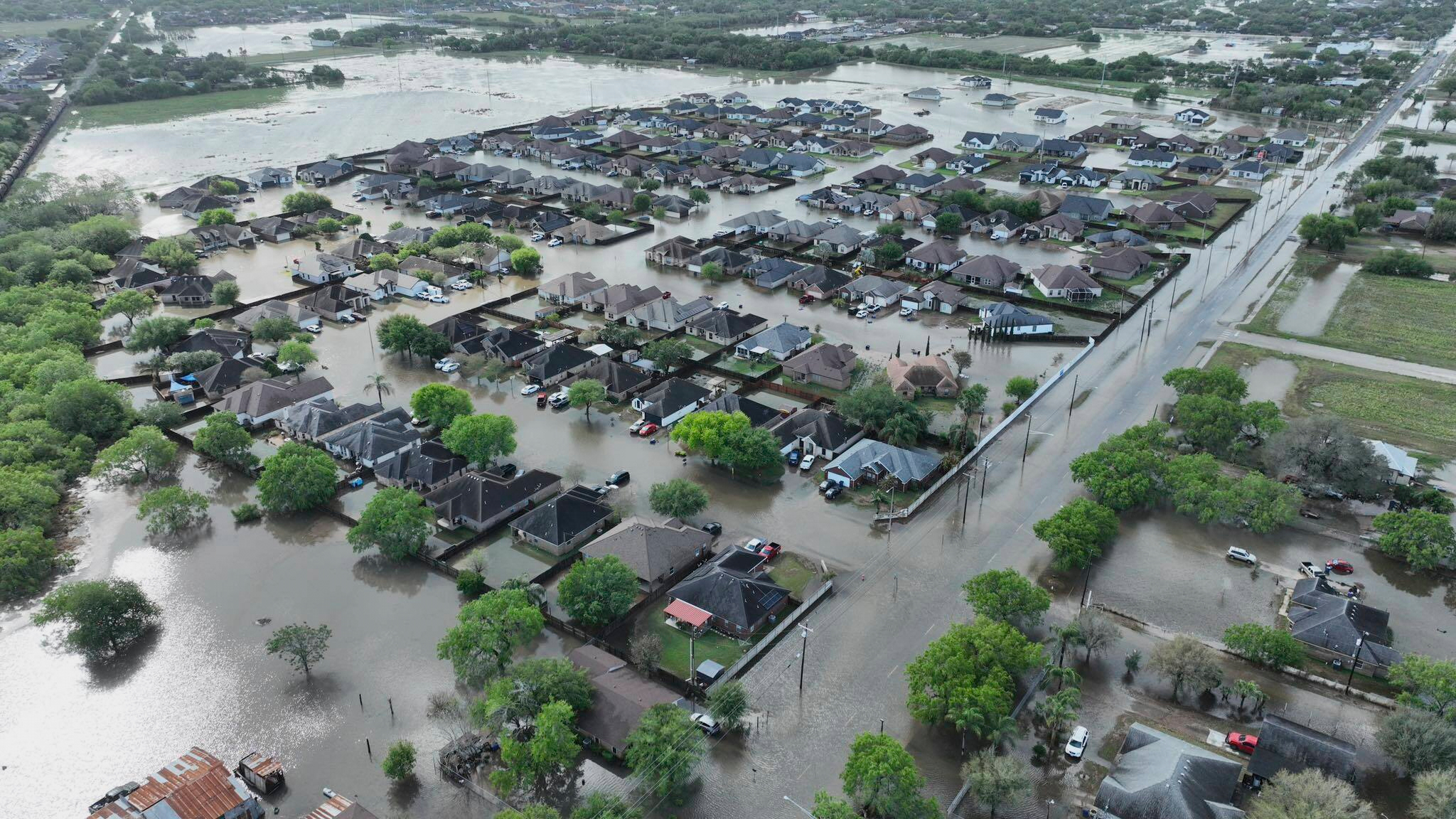Canada's worst wildfire season yet is continuing to spew smoke across the U.S., affecting air quality for 20 states Monday.
Smoke drifted through the Northeast and Midwest to start the week, stretching as far south as Alabama and as far northeast as Vermont.
Air quality alerts were issued for areas including the northern High Plains, the Midwest, Great Lakes, central Tennessee, North Carolina and the Northeast, according to the National Weather Service. These areas are home to about 70 million people.
The northwesterly winds responsible for carrying the unhealthy levels of smoke are expected to continue into Tuesday.
"Smoke concentrations should diminish over parts of the Heartland on Tuesday, but may still cause poor air quality along the East Coast," the NWS said.
Wildfires in Canada have burned almost as much land as the size of Kentucky, the NWS said. As of Monday, there were 893 active fires burning, with about two-thirds of them out of control.
Monday's air quality alerts marked the second time the U.S. has felt the neighboring country's disasters. In June, heavy smoke drifting from the North caused hazardous conditions and visible air quality effects in the U.S., creating the world's worst air quality in New York City.
Red zone air quality index ratings, which were in effect in June and on Monday, indicate the air contains particles that can get deep into the lungs and have long-term effects on the lungs and heart. In the short-term, they can cause respiratory problems like coughing and eye irritation.
Health officials have advised Americans to wear masks, stay indoors and purify their indoor air if possible to stay safe from the toxic smoke.
Moving forward, large fires are likely going to continue causing similar issues through the summer and early fall, as strong winds, higher temperatures and low humidity still create prime conditions for quickly spreading wildfires.

Satellite imagery shows just how many wildfires are currently burning
Satellites show the number and extent of wildfires through the Pacific Northwest.










